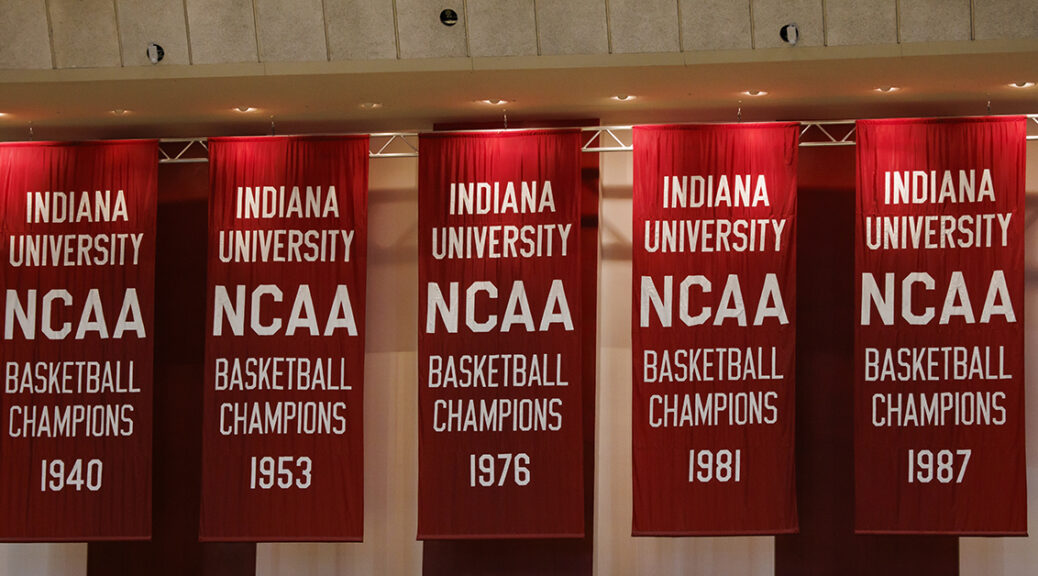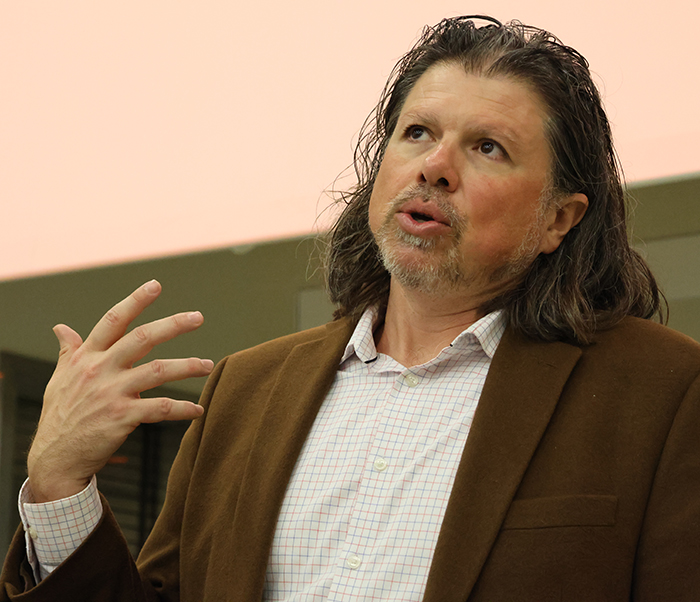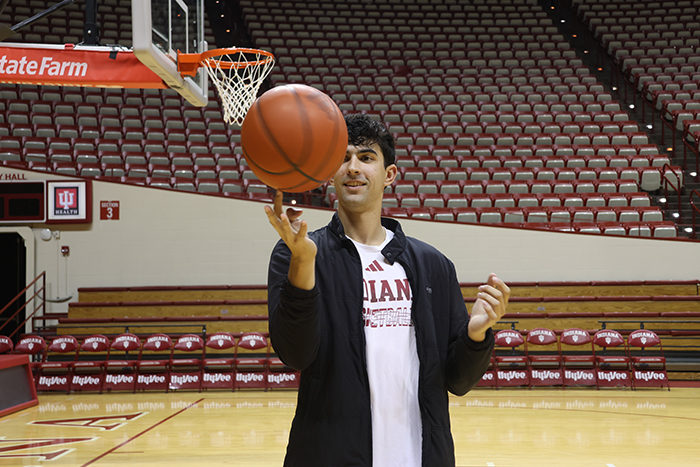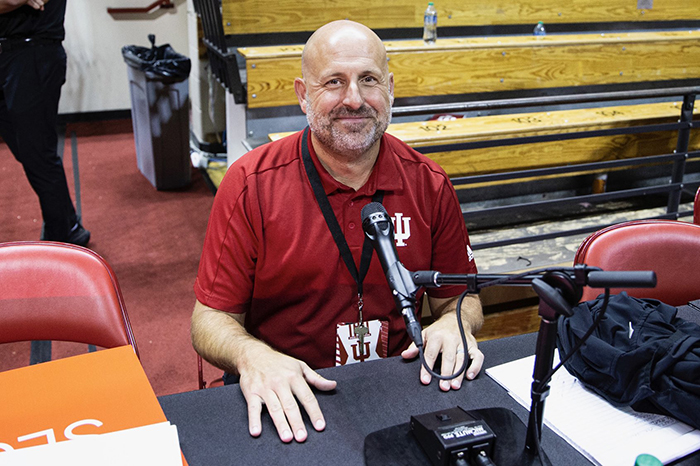
How NIL Deals are Shaping the Future of College Athlete Branding
By Sarah O’Brien and Xavier DeVany
BLOOMINGTON, IN (Nov. 7, 2025)
NIL is changing college sports, allowing athletes to be compensated for their name, image and likeness. The 2021 Supreme Court ruling gave college athletes control over their NIL rights while abiding by school rules and state laws. Previously, college athletes were not permitted to profit from their NIL. This change allows athletes to profit from partnerships, endorsements and/or brand collaborations, especially for those with a strong social media presence and marketability. With NIL, brands use athletes as a marketing tactic to reach certain audiences, and athletes use brands to reach other audiences and enhance their success and monetary value in diverse ways.
High-performing or easily marketable athletes benefit the most from NIL deals. Athletes become marketable in a variety of ways such as creating content, public sightings, social media presence, etc. These athletes also often partner with brands to promote products or services, utilizing their visibility to boost their market value.

As Dr. Galen Clavio said, “Social media influencer athletes gain themselves market value,” showcasing how an active social presence is essential in attracting partnerships. Social media sites, including Instagram, TikTok and X, allow college athletes to engage with their audiences as they create content which could consist of showing their sports routine, their life outside of sports or anything public showing their life. Actions like these make them more appealing to a broader range of potential sponsors.
One way athletes look to enhance their marketability is by posting frequently and creating a relatable persona. Shaan Burke, an IU men’s basketball athlete, said, “Relatability is a big thing. If you are a more relatable person, being active on social media helps a lot.”

Burke mentioned that one of his teammates, Anthony Leal, connects with his followers by sharing his love for country music on TikTok. Now that Shann’s teammates can partner with notable brands, the merchandise and amenities his teammates receive from their partnerships also get passed around to Shann. With the NIL, normally all the players do not receive the same commission as the rest of their team, as they most likely all have different brands or brand deals. By taking the time to build a personal brand that showcases genuine and relabel interest, athletes can attract targeted partnerships that align with their passions and values.
For athletes not in the spotlight, NIL still offers opportunities. Burke suggests using university resources, such as networking with assistant coaches and leveraging connections with alumni or team donors.

“You have access to a lot of resources that the school offers, “Burke said. Likewise, Jeremy Gray, Director of the Cuban Center, suggests athletes to “put the social in social media…tag your teammates, respond to fans…all these things help” Gray said. Active engagement on social media platforms helps athletes build a following and increase their visibility, which is crucial for marketability and potential sponsorships.
While NIL provides new opportunities, it also adds new responsibilities. “Having a financial advisor is a big deal,” Burke acknowledges, as many college athletes, fresh out of high school, lack experience with handling such a large amount of money. Attempting to manage new income streams while balancing academics and training can be overwhelming, which is why he recommends this guidance. With proper assistance college athletes looking to sustain their financial success beyond college can ensure that their NIL earnings become long-term assets.
NIL affects athletes in many beneficial ways but also in a negative way. Before NIL was in effect, athletes had a constant stressor with their financials, training and academics. Now athletes have taken on a whole new level of responsibilities, public appearances, maintaining their brand image, maintaining relationships with partners and many other constant responsibilities for young adults. While these endorsements do not directly play into how a player performs, they still have an impact on the player’s mental and physical health. NIL has empowered college athletes to profit from their band while adapting to the pressures of self-marketing. To make themselves more marketable athletes must engage on social media, build a relatable brand and utilize available resources. Through these efforts, even athletes with less of a spotlight on themselves can find avenues to benefit from NIL and create partnerships that extend beyond their sports careers.
Gabe Hissiong, Pete Macarthy, and Marissa Finney, visitors on Kirkwood, share their thoughts on how athletes can boost their marketability for NIL deals. Their responses highlighted the importance of leveraging social media to build a personal brand.
###

